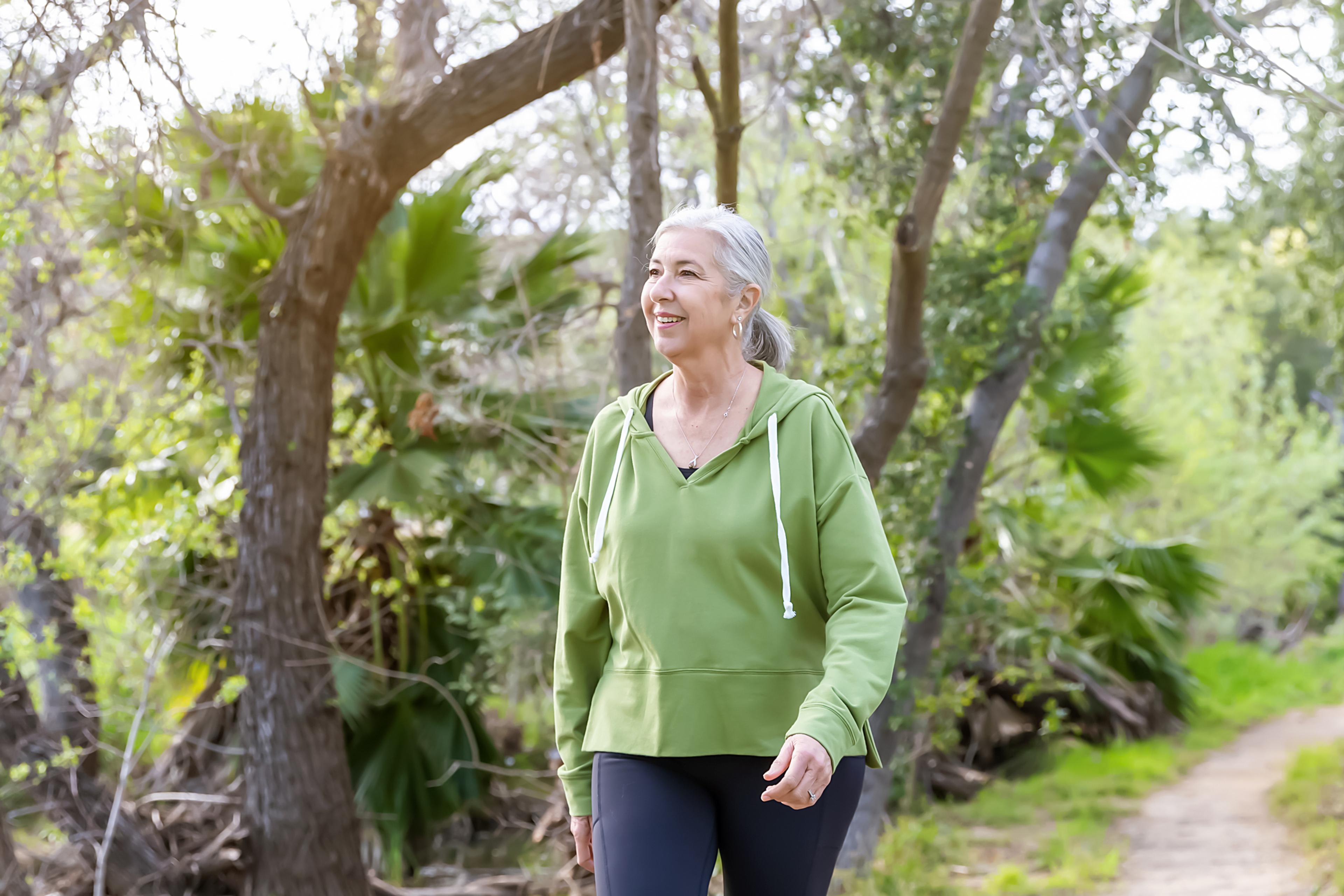What Even Is UV? Your Guide to the Potentially Harmful Ray
3 min read

Sunlight provides much-needed vitamin D, but it’s important to be cautious of the harmful effects associated with it – one of them being ultraviolet radiation (UV). Though UV rays only make up a portion of the sun’s rays, these rays are the primary way the sun damages skin. Here’s a guide to help you understand the different types of UV rays and know what to look out for.
What are the three different kinds of UV rays?
Learn about the three different UV ray types that can affect your skin and how they come into contact with your skin:
UVA Rays
UVA rays are the most common (they make up 95% of the UV radiation reaching the earth). They’ve been found to increase your risk of skin cancer and cause long-term skin damage, like wrinkles.
UVB Rays
UVB rays are largely filtered out through the atmosphere, but the ones that do reach our skin are responsible for suntans and sunburns and can increase aging. Though these rays don’t penetrate the top layers of skin, exposure can promote the growth of skin cancer.
UVC Rays
UVC rays are the most dangerous type. Fortunately, these rays don’t get through our atmosphere and never reach the earth’s surface. UVC rays can be encountered, however, from arc welding torches, mercury lamps, and UV sanitizing bulbs.
While people with a lighter complexion are more susceptible to sun damage than those with a darker complexion, everyone can be affected. That’s why it’s important to protect yourself from the sun regardless of how things may appear on the surface. You may be more susceptible to sun damage depending on your family history, if you’ve already had skin cancer, or if you are taking any medications that make your skin more sensitive to the sun.
How to help avoid UV rays and sun damage
Here are some easy to implement tips for avoiding UV rays and sun damage:
1. Be extra cautious during peak times
Cover up to reduce skin exposure between 10 a.m. and 4 p.m., when UV rays are at their strongest. The more you cover your skin, the better protected it will be. Sun-safe clothing is made for reducing the amount of UV rays that get through to your skin, with a tighter weave in the fabric that blocks the sun’s rays.
2. Watch the UV Index
The UV Index will give you a good idea of the strength of the UV rays in your area on any day. Several factors impact the strength of these rays, including the time of day, time of year, elevation, and cloud cover. The scale goes from one to 11+, with a higher number meaning a greater risk. Use skin protection for anything on the scale three and higher.
3. Follow sunscreen rules
Too much exposure to UVA and UVB rays can cause skin damage like sunburn and skin cancer. Make sure you are applying sunscreen before you step outside, be diligent about reapplying, and always read the label to ensure proper use.
4. Pack proper protection
In addition to skin damage, UV rays can cause eye damage, including macular degeneration, cataracts, and snow blindness. When packing your sunscreen, make sure you also grab a pair of sunglasses to protect your eyes.









